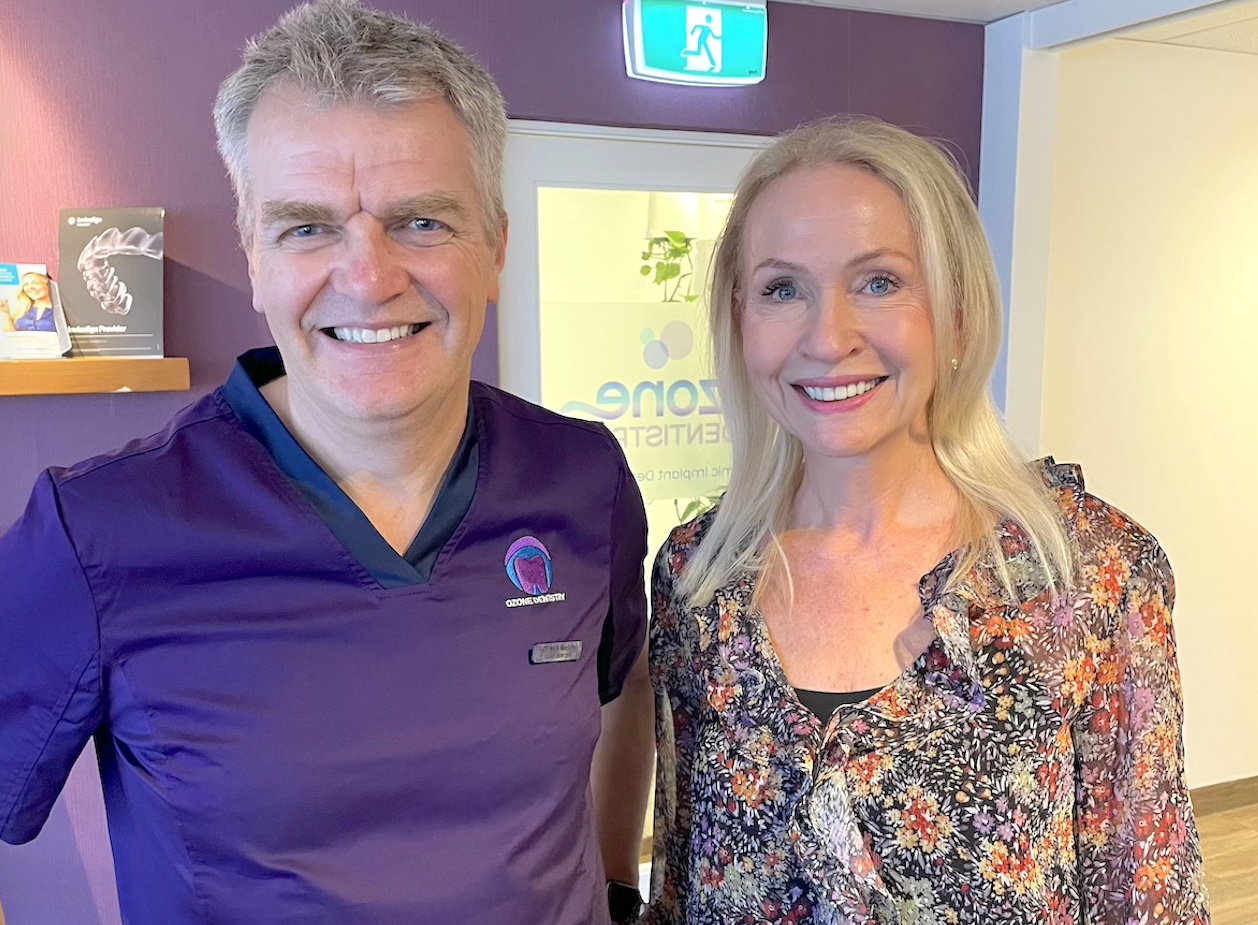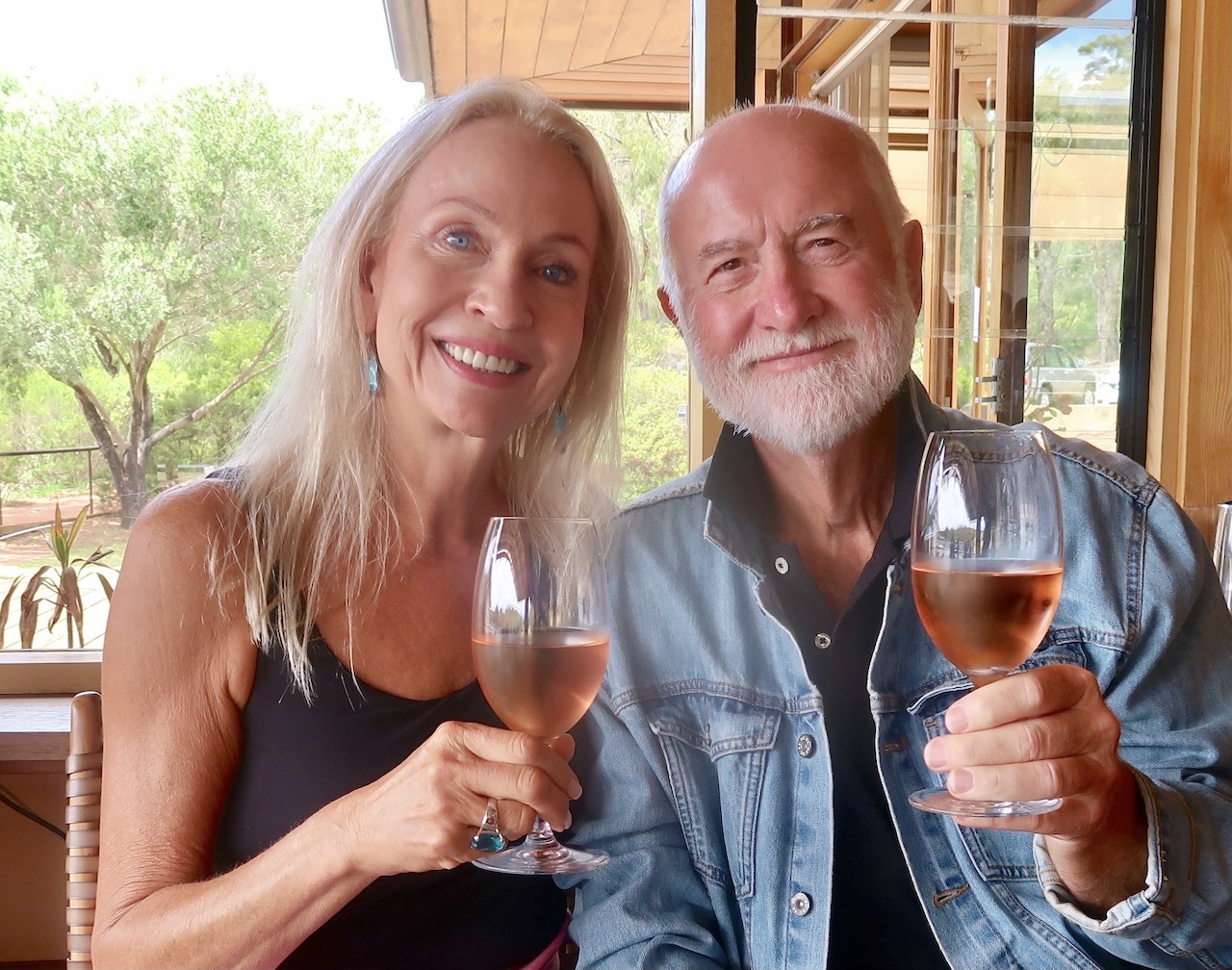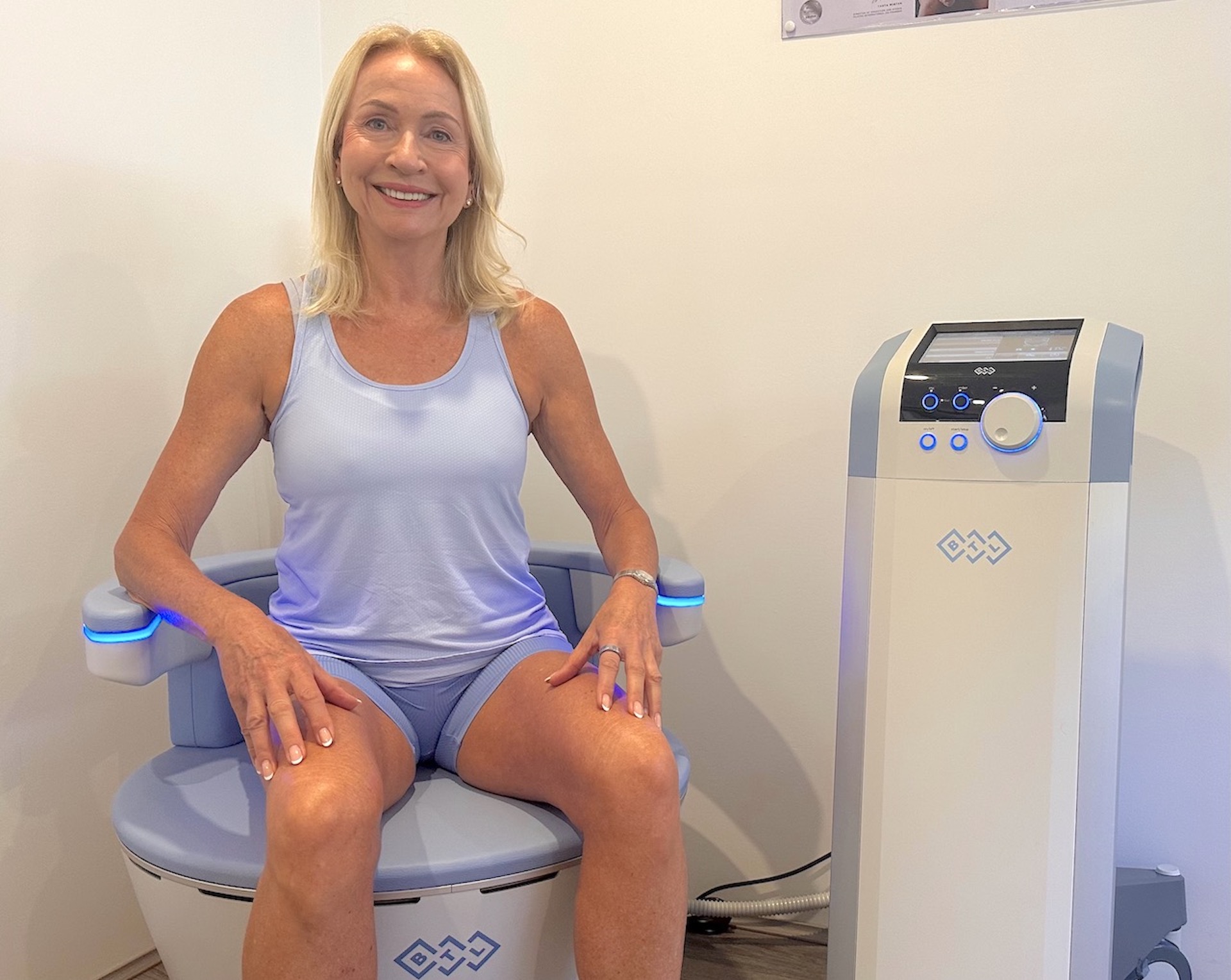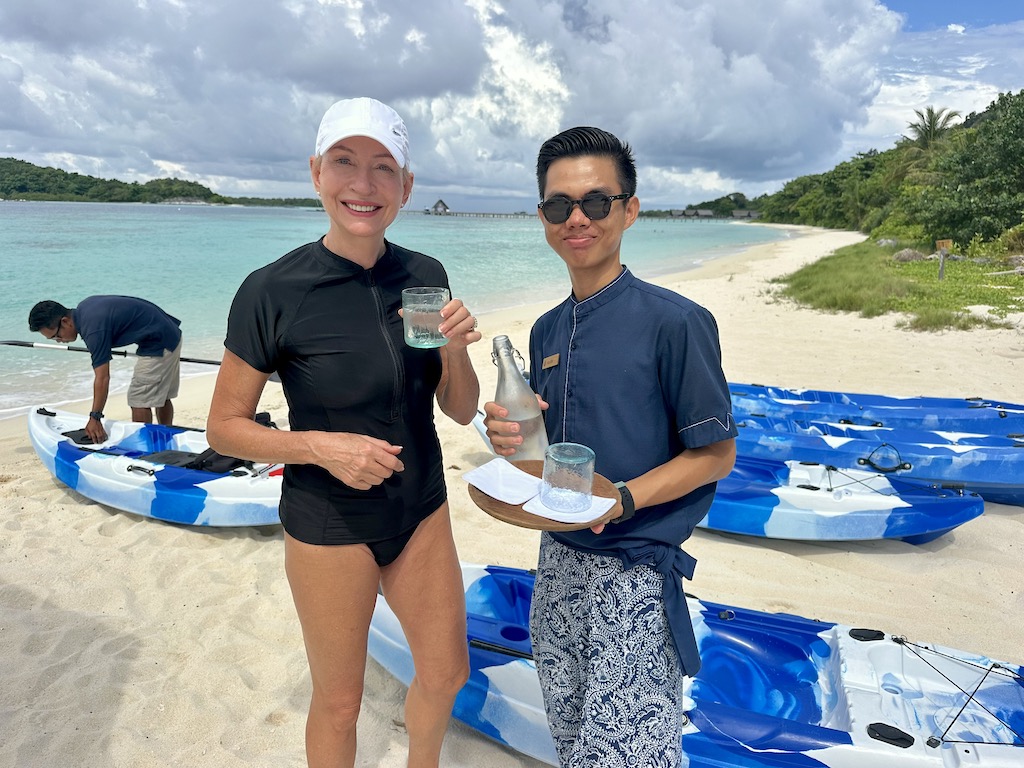What is biological dentistry – or holistic dentistry, or integrative dentistry – and why we need it: gut health and the mouth-body connection; the dangers of fluoride and mercury amalgams; root canals and cavitations; ozone dentistry
Have you still got so-called silver fillings? (They’re actually mercury amalgam, and almost certainly poisoning you.) Still using fluoridated toothpaste? – or letting your dentist paint fluoride on your teeth? (Also harming you.) Submitting to dental x-rays at every six-month check-up, while the hygienist makes a dash for cover? (Hello, brain tumours and thyroid cancer.)
Chances are you’ve never heard of biological dentistry, also known as holistic dentistry, or even integrative dentistry. Until recently, I hadn’t either. But I found out more, tracked down a state-of-the-art practitioner locally, and got my oral health back on track. If that’s in any way an option for you, I sincerely suggest you do the same.

What is biological dentistry? And why should you care?
The mouth-body connection is important to biological dentistry. This approach to dentistry is concerned with “the whole body effects of all dental materials, techniques and procedures, and it’s fluoride-free, mercury-free and mercury-safe”.
A biohacker like me can’t afford to ignore oral health – and neither can anyone who aspires to longevity. Strong, healthy and functional teeth are synonymous with youth.
The idiom long in the tooth, as in when a horse’s (or person’s) gums recede with age, literally means old. Both horse-traders and human slave traders would check the teeth of their prospective purchase before buying. I seem to remember a scene like that in Ben Hur – but can’t find any reference to ir online. Anyway, here’s a pic of Charlton Heston in that famous chariot race to cheer us up.

The mouth-gut-body connection
After more than two millennia, Hippocrates’ assertion that all disease begins in the gut has made a major comeback. Even in mainstream medicine, which for a long time derided integrative/functional medicine’s leaky gut diagnosis as utter quackery before eventually: (a) being forced into accepting its existence, (b) renaming it with the fancier term “increased intestinal permeability”, and (c) pretending that mainstream medicine had discovered it.
Of course the mouth is an integral part of the gut: it’s where the gut starts. Mainstream medicine (yes, here comes another side-swipe) regards our mouths in the same way as it looks at the rest of our body: dividing it into supposedly distinct parts and “systems”, and treating each of them separately instead of as an integrated whole.
(If that were not the case, how could mainstream dentistry still be using toxic mercury amalgam fillings and fluoride? Thanks to an early education from my forward-thinking dad, I’ve been refusing fluoride for years.)
My path to biological dentistry
Speaking of Dad, when good teeth were handed out, I was at the bottom of the gene pool. Both my parents had less-than-great teeth, and by the time I was 15 I had a mouth full of mercury amalgams. In my twenties, those fillings started breaking routinely – I was diagnosed with a bad bite. That was news to me; growing up in South Africa, corrective braces were a rarity. Orthodontists were an expensive luxury, and you didn’t get to see an orthodontist unless you could comfortably eat an apple through a tennis racquet.
It wasn’t until my late thirties that I suffered through two years of traditional metal braces to correct that naughty bite, followed by removal of all the amalgam – how safely, I can’t remember – and replacement with less toxic alternatives.

I first heard anything negative about root canals from our beloved integrative GP Dr Ian Lee in Singapore, at least ten years ago. (To find out why root canals are problematic, click here.)
More recently, I’ve been hearing a lot about root canals that become silently infected and cause systemic poisoning, sometimes for decades on end – and about sufferers from chronic fatigue and other mysterious ailments who get their lives back after these infections are cleared up. Having had two root canals over the years (one in a main incisor, the other in a maxilliary molar), I was anxious to have them checked out.
Finding a biological dentist
So, I got a bee in my bonnet about biological dentistry, and its buzzing had become a roar.
Here in Perth WA, we’d inherited a dentist from the family – the skilful Eve at Blue Apple Dentistry at Currambine, located a convenient 2km from home. She does decent work, and so does the hygienist I’d visited at Blue Apple a year ago. But I was hoping for a clinician who would get why I didn’t want (a) fluoride painted on my teeth, or (b) ionising radiation from x-rays at every six-month check-up.
An internet search turned up only one prospect in Perth – Ozone Dentistry, about 20 minutes south of home, but still mercifully north of the river. It’s also opposite Karrinyup Shopping Centre, recently revamped and hugely extended, including the addition of a Zara, yay!
Ozone Dentistry’s website spake truly about the dangers of mercury amalgams, and the importance of a safe protocol for removing them. It uses ozone for disinfecting both the practice’s waterways and its patients’ mouths during procedures, and it alluded to 3D cone tomography. Tick, tick, tick.
Round 1 – Initial Consultation
When I came in for my hour-long ($205) initial consultation with Nick Morton, from Manchester UK, I had to know: “How long have you been a biological dentist?”
Forever, as it turned out. Nick remembered, as I do, playing with balls of slippery mercury as a schoolkid. Later, in high school, he recalls how all that changed: now, if you dropped and broke a mercury thermometer, everyone had to clear out of the classroom so that the mercury detritus could be properly and safely disposed of.
“When I started dentist school, I couldn’t believe that we were doing mercury amalgam fillings. That’s what drew me to biological dentistry right from the start.”

“When I started dentist school, I couldn’t believe that we were doing mercury amalgam fillings. That’s what drew me to biological dentistry right from the start.”
I was sold. Nick didn’t do traditional x-rays, either. He used instead an iTero laser scanner – something I recognised from one of our dentists in Singapore – to create a 3D image. This system was popularised by the Invisalign orthodontics system, he tells me; instead of taking physical moulds and mailing them to the US, during which time they could easily be lost, sat upon or otherwise damaged, these electronic scans could be instantly emailed to the other side of the world, and the trays produced and shipped back to Oz with no bother and in half the time.

The iTero scanner doesn’t work so well through the material used for the 12 matching crowns on my upper jaw. In fact, he couldn’t even find the “trapdoor” that a Singapore dentist had cut in one of the upper molar crowns in order to do a root canal.
Most dentists still don’t want to invest in that technology, Nick remarked. But why not, when the iTero website claims that the technology – which at that point cost US$33,000 – could “pay for itself” within six months?
Round 2 – 3D Cone Tomography Scan
If Nick is right, still less would the average dentist be rushing to spend over A$100,000 on a state-of-the-art dental cone beam computed tomography (CT) system. This takes just two minutes to produce highly detailed 3D images of the teeth, soft tissues, nerve pathways and bone in a single scan.
I was early, but as I arrived, Nick saw me through the glass door of the CBT scanner room and waved me straight in. I stood in the device, bit down gently on a disposable mouthpiece, and the apparatus revolved once around my head. That was it.
Cooing over his new baby – “such sharpness, such clarity!” – Nick showed me the images and reassured me that my two old root canals were absolutely fine: no sign of infection, for now. He suggested a reshoot in three years’ time.

Alternatives to root canals? Pull ’em out!
Biological dentists like Nick Morton don’t do root canals. So, I asked him, what would he do for an infected, painful tooth that another dentist or endodontist would perform a root canal on? “We’d pull the tooth,” he replied. “And replace it with a ceramic implant.”
Ceramic and not titanium, because this is a metal-free practice. That’s a whole other fascinating story, maybe one for another time.
Nick mentioned there were only 31 “holistic” dental practices in Australia. How many in Western Australia?, I asked. “Uh, one-ish,” he said, after a brief hesitation. “There are those who call themselves holistic, but don’t use the correct protocol for removing amalgams.”
Review: Holistic Dental Cleaning
I’ve met some good dental hygienists, but Robbie Pittorino is great. A hygienist’s role is not only to clean the nasty tartar off your teeth every six months, but also to assess your oral health, look for problematic areas and advise on how to improve your dental hygiene. Robbie did all that and more.

The gas ozone (O3), a form of oxygen, is used in a growing number of therapies – not only dental. It’s an effective antiseptic and inflammatory, but it isn’t a stable gas; so a practice like Ozone Dentistry has its own ozone generator to ozonate its water supply and to use in various treatments.
First, Robbie blows ozone gas over all my teeth to prepare them for the cleaning. Second comes “sandblasting” with ozone-impregnated water to remove minor staining caused by build-up, especially around the neck of the teeth. Next, her ultrasonic scaler goes to work. Finally, she removes the remaining, stubborn tartar the old-fashioned way – with her manual scaler. Gentle classical music plays, and it’s all fairly comfortable.

Robbie seems satisfied with my dental regime: the once-daily electric toothbrushing, the water-flossing and the oil-pulling with organic sesame oil. But she says it’s not normal for gums to bleed, and mine do. And water-flossing isn’t enough. She recommends the Oral B Glide ProHealth floss, specially designed to clean between teeth that fit tightly together.

She gives me a nice glass bottle of ozonated water to take home; the water slowly loses its properties over 24 hours. Use it in your Waterpik water-flosser tonight, she advises. And, over the next few days, use warm saline in the Waterpik, together with a drop of frankincense essential oil.
She also measures the “attachment level” of my molars to the gum; the gap is 5mm on both sides, and it should ideally be no bigger than 3mm. She thinks we can fix that, with plenty of water-flossing, normal flossing and gum brushing, plus Vitamins C and D and CoQ10. (I already take those three supplements. Of course.)
Her recommendations were spot on. I bought the Oral B Glide floss on the way home, and within days the bleeding was something of the past.
Before the week was out, my Waterpik died. (No, Roy, I didn’t keep the receipt.) Seems you’re not supposed to use saline in the portable versions – let alone add essential oils.
Well, that’s one more item for the Christmas wish-list: a counter-top Waterpik. Another contender is a medical grade ozone generator. (Which is the saddest Christmas gift – one of these two appliances, or a vacuum cleaner ? You be the judge.)

Coming up on my next post? Maybe something on the incredible benefits of creatine – or the wonders of continuous glucose monitoring…





Hi Verne, great blog page, thank you. I have just been for my six monthly checkup at Smilefocus in Singapore with the lovely Dr Alison Roberts. Earlier this year, she recommended replacing my amalgams with ceramic inlays and I am delighted with the results. I can also recommend the Philips Sonicare Air Floss.
Hi Lynn, thanks for the recommendation! The air-flosser may come in handy for the Christmas wish-list.